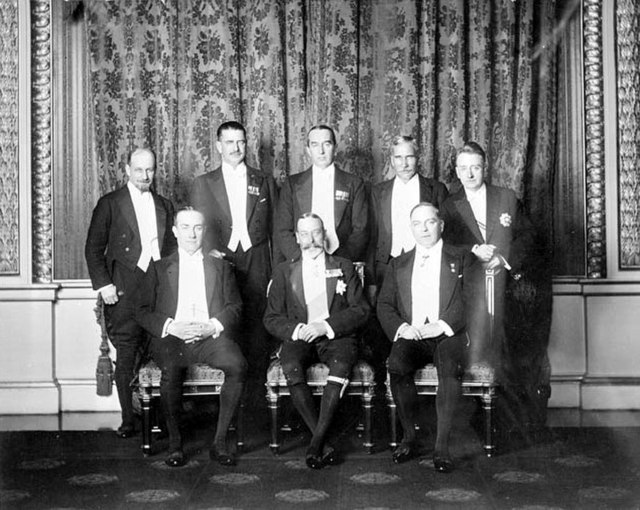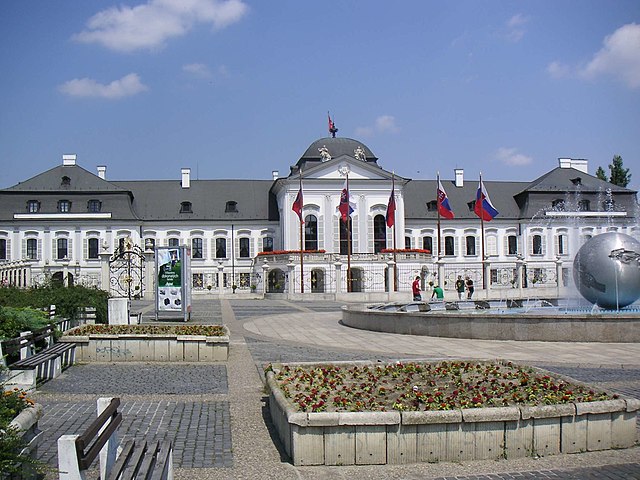The Republic of South Africa is a unitary parliamentary democratic republic. The President of South Africa serves both as head of state and as head of government. The President is elected by the National Assembly and must retain the confidence of the Assembly in order to remain in office. South Africans also elect provincial legislatures which govern each of the country's nine provinces.
The Prime Ministers of the British Dominions attending the 1926 Imperial Conference with King George V seated in the center.
Nelson Mandela was the first democratically elected President of South Africa.
The Houses of Parliament in the legislative capital of Cape Town is the seat of the Parliament.
The Union Buildings in the administrative capital of Pretoria.
A head of state is the public persona of a sovereign state. The specific naming of the head of state depends on the country's form of government and separation of powers; the head of state may be a ceremonial figurehead or concurrently the head of government and more.
Grassalkovich Palace in Bratislava is the seat of the President of Slovakia.
King Harald V of Norway
Charles de Gaulle, President and head of state of the French Fifth Republic (1959–1969)
George Washington, the first president of the United States, set the precedent for an executive head of state in republican systems of government








